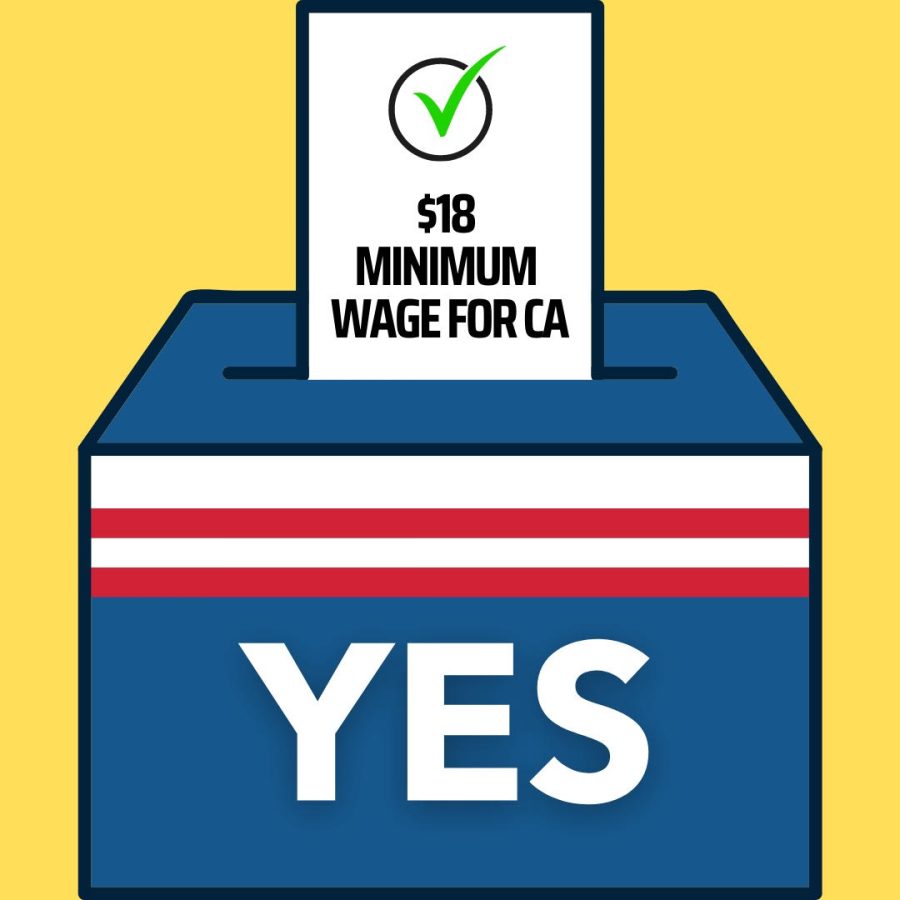California needs an $18 minimum wage
San Mateo County would be able to fight wealth inequality with a minimum wage increase
Californians and residents of San Mateo County should be in favor of an $18 minimum wage.
In 2016 California led the way in the fight for 15. Now we have the chance to take a new step forward in the fight for a living wage.
Joe Sanberg is leading the way on a new ballot initiative that could reach the voting booth in the upcoming November election. The Living Wage Act of 2022 would increase the minimum wage by $1 per hour each year until 2025 for businesses with 26 employees or more and 2026 for businesses with 25 employees or less. The end result will be a minimum wage of $18 per hour.
This type of initiative will be invaluable for the residents of San Mateo County who are burdened with high costs of living that render $15 per hour inadequate. If you were willing to support a $15 minimum wage six years ago, I see no reason why you would oppose a $3 increase set for the next three years.
The truth is, the majority of arguments in favor of a $15 minimum wage apply to an $18 minimum wage as well. The bottom-up framework for the economy the state has championed can only be improved upon by increasing the minimum wage.
The minimum wage expansion is necessary for the students and community members of Skyline College who live in the county. Raising wages will allow community members to survive the increasing rent, higher costs of groceries and ever-growing personal debt.
If our county wants to create an affordable future for the generations to come, this action must be taken. Without it, young adults will move elsewhere as established community members get priced out of their homes. The neighborhoods we see today will cease to exist without an increase in the minimum wage.
While some may fear the policy will hurt small businesses and lead to job loss, this couldn’t be farther from the truth. By raising the minimum wage, you are raising the incomes of everyday consumers who will go out and buy more products. When consumers buy more products, small businesses will reap increased profits that can be used to support their workers’ raised wages.
What is especially important about the Living Wage Act of 2022 is that it staggers the minimum wage increase, so large businesses will have to raise wages one year before small businesses do. This means that over half of California’s workforce will be able to consume more without raising the costs on small businesses. This will increase profits allowing for a smooth transition when small businesses do have to raise wages for their employees.
If we were willing to raise the minimum wage to $15 per hour, we should be willing to raise it to $18 per hour. After all, if the minimum wage kept up with productivity as it had for the first three decades of its existence, it would be $24 per hour.
An $18 living wage is an important step towards ending wealth inequality in our county. It is a step we should all be able to unify behind.







